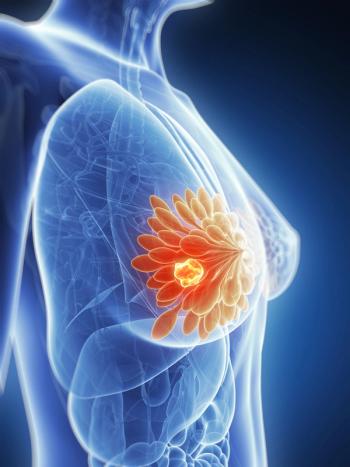
Oncology NEWS International
- Oncology NEWS International Vol 15 No 3
- Volume 15
- Issue 3
Inpatient Hem/Onc Unit Adds Phase I Clinical Trial Program
When an adjacent hospital closed its research unit with cancer trials pending, the Arthur G. James Cancer Hospital, Ohio State Univesity, Columbus, successfully added a clinical study component to an existing hematology-oncology unit, to ensure that patients could enroll in phase I trials and receive the care they need during their enrollment.
ORLANDOWhen an adjacent hospital closed its research unit with cancer trials pending, the Arthur G. James Cancer Hospital, Ohio State Univesity, Columbus, successfully added a clinical study component to an existing hematology-oncology unit, to ensure that patients could enroll in phase I trials and receive the care they need during their enrollment. Since March 2004, the unit has admitted an average of five study patients each week. Melinda Kiser, RN, MSN, OCN, nurse manager, described the implementation of the program at the Oncology Nursing Society 30th Annual Congress (abstract 228).
The nursing leadership at the James organized a multidisciplinary team to determine patient flow and educate staff about study protocols. The management team meets with nurses before each trial to ensure they understand the study intervention and the laboratory work, monitoring, documentation, and other requirements of the trial (see Table). Each clinical trial patient is assigned a nursing acuity rating based on the study protocol. Care hours include only those times when the nurse is giving medication or drawing follow-up lab work. For the most part, phase I clinical trial patients require one-on-one nursing care during the initial 8 to 12 hours after starting the study. Incorporating the trials into the inpatient unit required the addition of one full-time nurse.
Ms. Kiser's coauthors from the James nursing staff were Kimberly Catania, Susan Schaefer, Donna Madlener, Karen Kuhns, Polly James, and Kris Kipp.
Articles in this issue
almost 20 years ago
FDA Approves Eraxis to Treat Candidemiaalmost 20 years ago
NeoGuide's New Colonoscopy System Addresses ‘Looping'almost 20 years ago
New Budget Plan Cuts NCI Funding by 0.8% for FY 2007almost 20 years ago
Lilly Oncology on Canvas Invites Entriesalmost 20 years ago
Shorter FEC + Pac Ups DFS in Breast Caalmost 20 years ago
Xyotax Fast Tracked for Advanced NSCLC in Womenalmost 20 years ago
FDA Guidances for Early Human Testing of New Drugsalmost 20 years ago
Zactima Gets Fast Track Status for Medullary Thyroid Canceralmost 20 years ago
Darbepoetin During RT Boosts Hb Level, With QOL Benefitalmost 20 years ago
Breast, Colorectal Cancer Care Quality 'Excellent'Newsletter
Stay up to date on recent advances in the multidisciplinary approach to cancer.





















































































